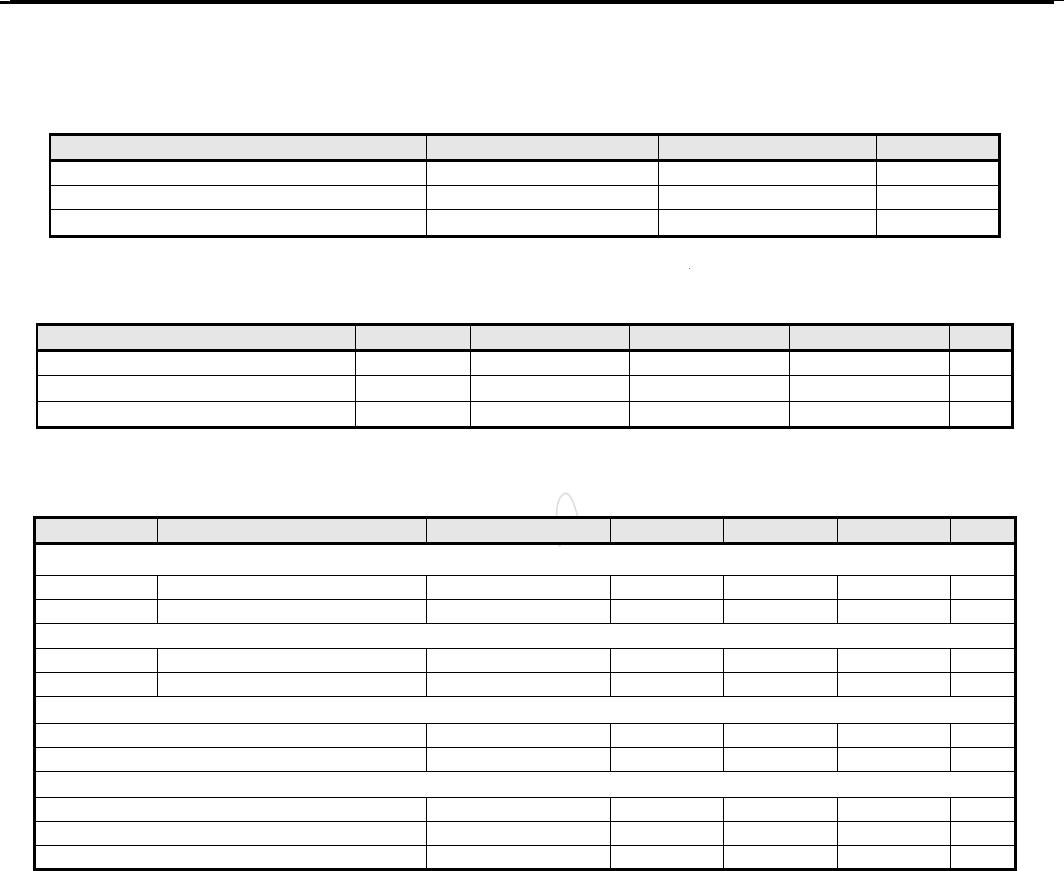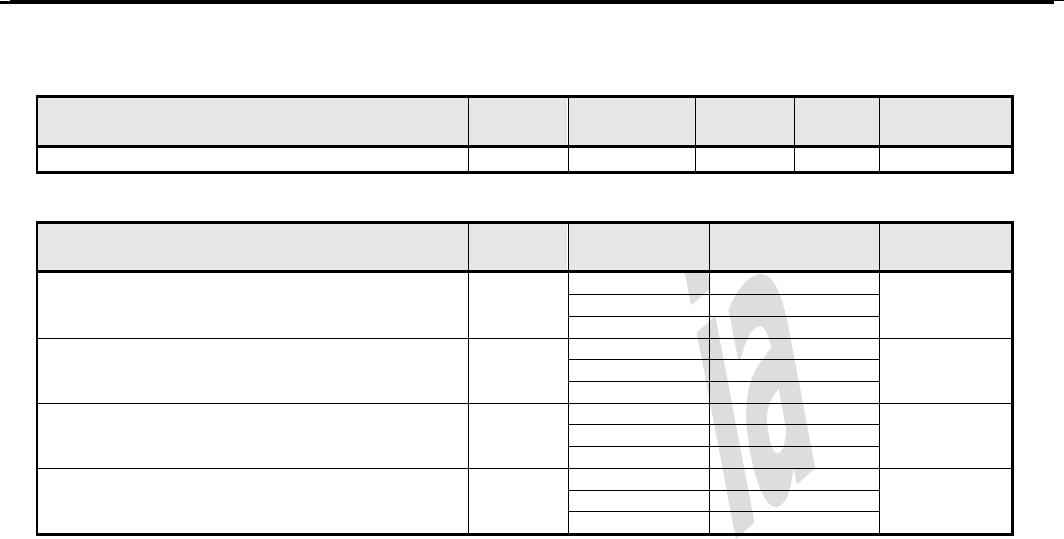OSIM OS-868 OS-868 User Manual iBT 11 Rev0 8 01
OSIM INTERNATIONAL LTD OS-868 iBT 11 Rev0 8 01
OSIM >
User manual

Bluetooth 4.0 Low Energy Module
0.8.01 1 / 8
Bluetooth 4.0 Low Energy Module

Bluetooth 4.0 Low Energy Module
2. Features
A single chip radio and baseband IC for Bluetooth
applications
Fully Qualified Bluetooth Smart (V4.0 Low Energy
single mode) specification
Enhanced 8051 MCU core with 256k flash memory
Support 3 simultaneous live connections in central
role
Coin battery friendly 2.0V – 3.6V operation
Hardware I2C master / slave interface
Low power consumption, < 30uA on the average of
once-a-second communication
10mS data transfer latency
Programmable transmitter power
Support BLE stack including GAP, GATT, SM and
L2CAP
3. Applications
Proximity and Lost-prevention key fob
Wireless Keyboard and Mouse
RC and Interactive Toy
Medical and Healthcare monitoring
Sports and Fitness equipment

Bluetooth 4.0 Low Energy Module
7. Electrical Specification
7.1. Absolute Maximum Rating
Item
Symbol
Rating
Unit
Power Supply Voltage VDD -0.4 to 3.7 V
Peak Current Ipk 0 - 70 mA
Storage Temperature T
STG
-40 to 85 °C
7.2. Recommended Operating Condition
Item
Symbol
Miin
Typ
Max
Unit
Power Supply Voltage VDD 2.0 3.0 3.6 V
RF Operating Temperature 0 25 80 °C
Operating Temperature -20 25 70 °C
7.3. Digital Input / Output Port Characteristics
VDD=3.0V, operating temperature = 25 °C unless specified otherwise
Symbol
Parameter
Condition
Min.
Typ.
Max.
Unit
Input Voltage Levels
V
IL
Input low voltage
0.5 V
V
IH
Input high voltage 2.5
V
Output Voltage Levels
V
OL
Output low voltage I
OL
= -4mA
0.5 V
V
OH
Output high voltage I
OH
= 4mA 2.4
V
Input and Tri-state Current with
I/O Pad leakage current -1 0 1 uA
Input Capacitance 1 5 pF
Current Consumption
Operating Current, RX active 18 mA
Operating Current, TX active 0 dBm TX Power 18 mA
Standby Current, TX & RX inactive 50 uA

Bluetooth 4.0 Low Energy Module
VDD=3.3V, operating temperature = 25 °C unless specified otherwise
Receiver Units Miin Typ Max Bluetooth
Spec
Sensitivity at 0.1% BER dBm -75 ≦ -70
VDD=3.3V, operating temperature = 25 °C unless specified otherwise
Transmitter Units Condition Value Bluetooth
Spec
RF Output Power dBm 2402MHz -5.17 -20 to +10 2440MHz -4.90
2480MHz -4.41
In Band Emission (+/- 2MHz) dBm 2406MHz -29,5
≦ -20
2440MHz -31.5
2476MHz -35.1
In Band Emission (+/- 3MHz) dBm 2406MHz -36.3
≦ -30
2440MHz -37.9
2476MHz -39.1
Carrier Frequency Offset kHz 2402MHz 30 -150 to +150
2440MHz 30
2480MHz 30

Bluetooth 4.0 Low Energy Module
This device complies with Part 15 of the FCC Rules / Industry Canada licence-exempt
RSS standard(s). Operation is subject to the following two conditions: (1) this device
may not cause harmful interference, and (2) this device must accept any interference
received, including interference that may cause undesired operation.
Le présent appareil est conforme aux CNR d'Industrie Canada applicables aux
appareils radio exempts de licence. L'exploitation est autorisée aux deux conditions
suivantes : (1) l'appareil ne doit pas produire de brouillage, et (2) l'utilisateur de
l'appareil doit accepter tout brouillage radioélectrique subi, même si le brouillage est
susceptible d'en compromettre le fonctionnement.
Changes or modifications not expressly approved by the party
responsible for compliance could void the user's authority to operate the
equipment.
This equipment has been tested and found to comply with the limits for
a Class B digital device, pursuant to part 15 of the FCC Rules. These
limits are designed to provide reasonable protection against harmful
interference in a residential installation. This equipment generates
uses and can radiate radio frequency energy and, if not installed and
used in accordance with the instructions, may cause harmful interference
to radio communications. However, there is no guarantee that interference
will not occur in a particular installation. If this equipment does cause
harmful interference to radio or television reception, which can be
determined by turning the equipment off and on, the user is encouraged
to try to correct the interference by one or more of the following
measures:
-Reorient or relocate the receiving antenna.
-Increase the separation between the equipment and receiver.
-Connect the equipment into an outlet on a circuit different from that
to which the receiver is connected.
-Consult the dealer or an experienced radio/TV technician for help.
This device is intended for OEM integrators only. Please see the full grant of
equipment document for restrictions.
If the FCC ID of this module is not visible when it is installed inside another device,
then the outside of the device into which the module is installed must be label with
"Contains FCC ID:ARG-OS-868 and IC:10142A-OS868".